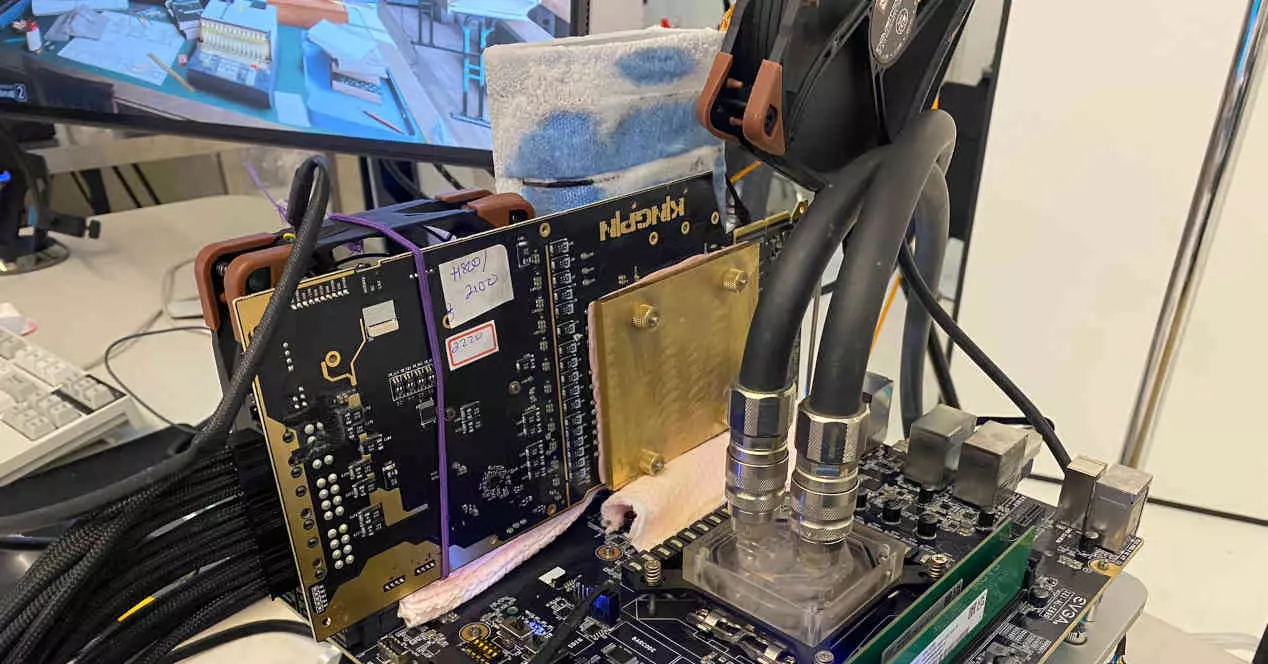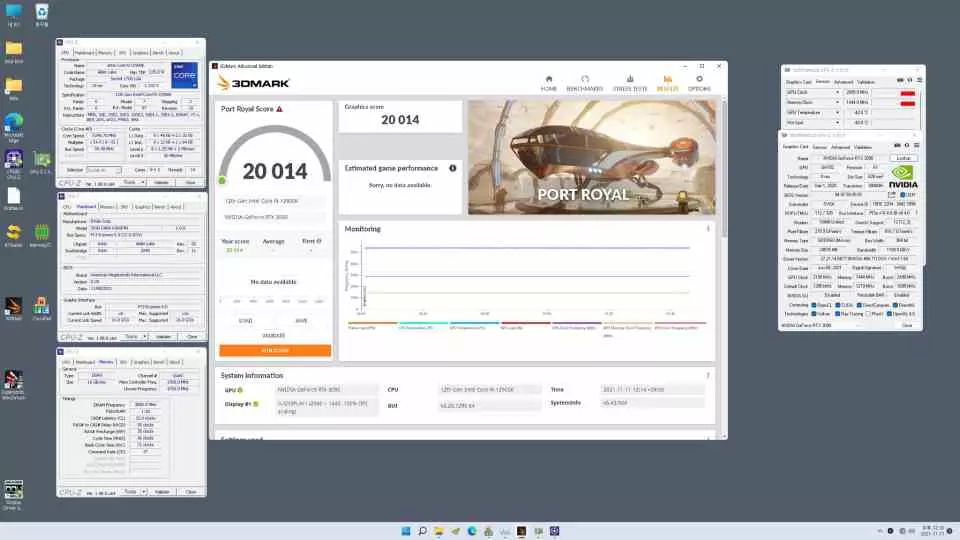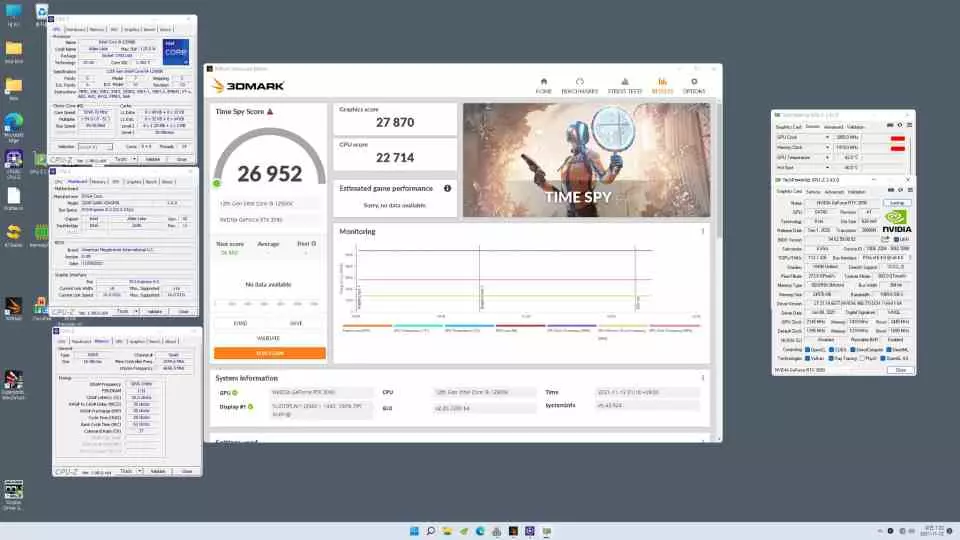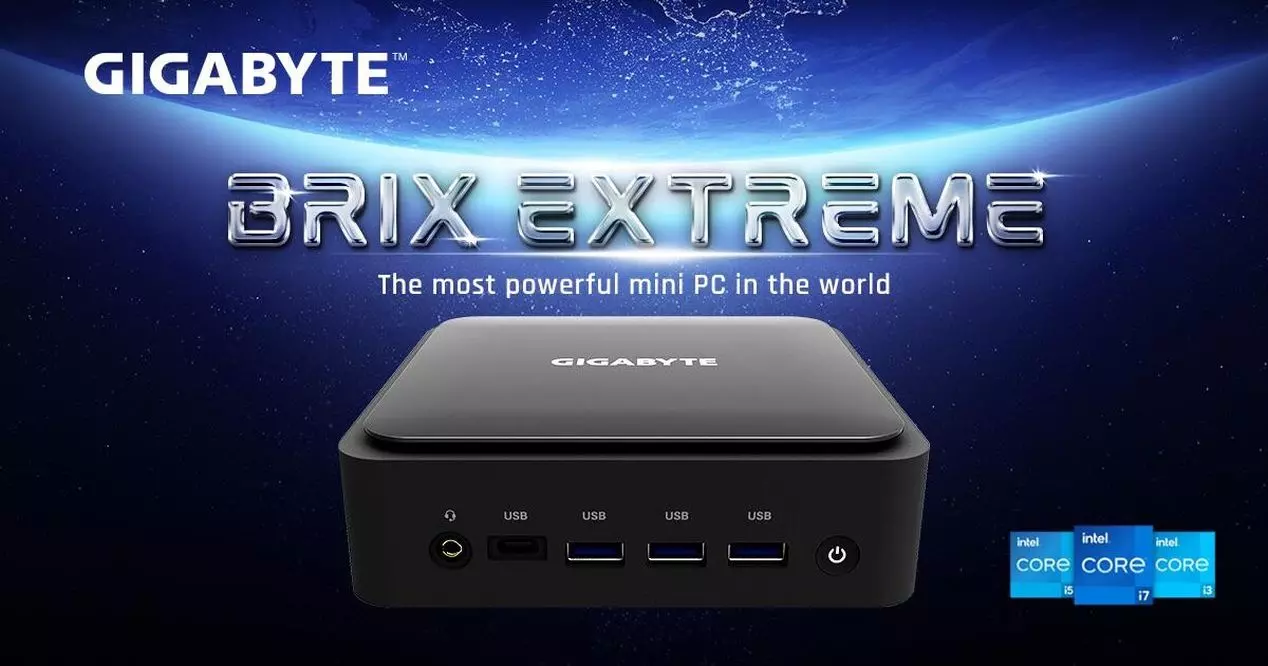
Breaking benchmark records is not only a challenge for creators of new CPUs and GPUs, but also for professional overclockers looking to create configurations that score as high as possible with the hardware on the market. That’s what they have achieved with 3DMark’s Port Royal benchmark with an RTX 3090 and an Intel i9-12900K.
The launch of a new generation of CPU is a good opportunity to break records in the different benchmarks, since the additional power allows higher scores in the same. Although in the case of 3D Mark where the ability to move complex scenes rendered in 3D is measured in real time, the work of the GPU seems to us to be the most important, so is the CPU, since it is this that is in charge of calculating the position of each object in the scene and then generating the scene on the screen. In other words, the only thing the GPU does is draw the scene.
The higher IPC capacity of the Intel Core 12 has made professional overclockers use the most powerful CPU of this family, the i9-12900K to break records in graphics benchmarks such as the Port Royal and 3DMark Time Spy benchmarks. After all, despite measuring the performance of the GPU, it has been shown that their performance is directly affected by the CPU.
The 3DMark record is broken thanks to an i9-12900K


In order to achieve this feat, the most powerful graphics card released so far has been necessary, a NVIDIA RTX GeForce RTX 3090 at which the clock speed has been raised to the 2,859 MHz speed, but a GPU of such caliber needs a CPU of the same category and that is why they have decided to use a Intel Core i9-12900K to which they have sped up to 5.4 GHz during the benchmark, a speed that is above that specified by Intel in the specifications.
So it has been necessary to use LN2 cooling to achieve the impressive figures. DDR5 has also been key to achieving this score, since during the benchmark they have been placed two DIMMs, 8 GB each from SK Hynix at a transfer rate of 6,000 MHz. In general except for the case of RAM and the processor has been used EVGA hardware.
And what peaks have you reached? On Port Royal they have reached the 20,014 points and in Time Spy until the 26,952 points. Therefore, it is possible to exceed 20,000 points for the first time in the first of both benchmarks. In any case, we cannot forget that these figures have been achieved under conditions that are usual for a normal PC and extreme cooling systems have been used, not only due to the use of LN2 but also due to the use of highly specialized thermal pastes.
The next generation of GPUs should match the numbers
In any case, it is still a curious exercise that obviously we will not be able to replicate on our home PCs and it is not designed for a long-term use scenario. Of course, it is possible that next year we will be talking about these performance figures in the 3DMark benchmarks without the need for complex and unique constructions like this one.
Let’s not forget that for example Port Royal is a benchmark to measure capabilities for Ray Tracing and it would not be surprising that both NVIDIA and AMD have considered exceeding 20,000 points in their next generation of GPUs for Gaming, in everything In this case, the performance of the CPUs will also be key in the face of ray tracing, since there are many functions that at the moment depend on the main processor as they are not accelerated by the graphics.


